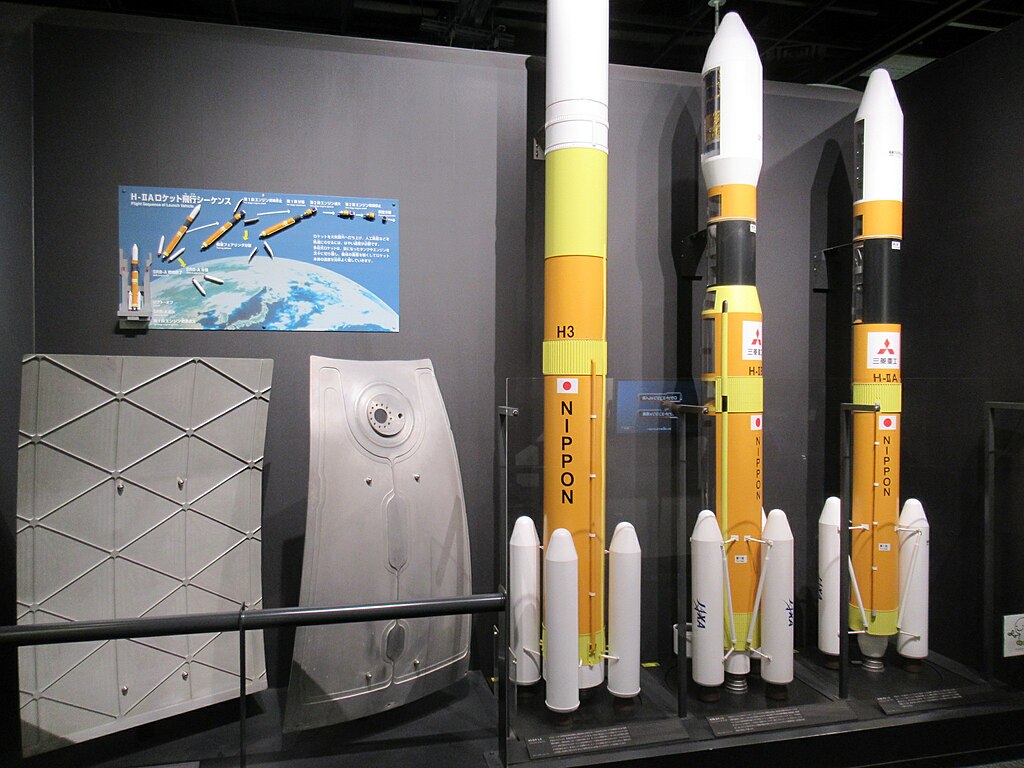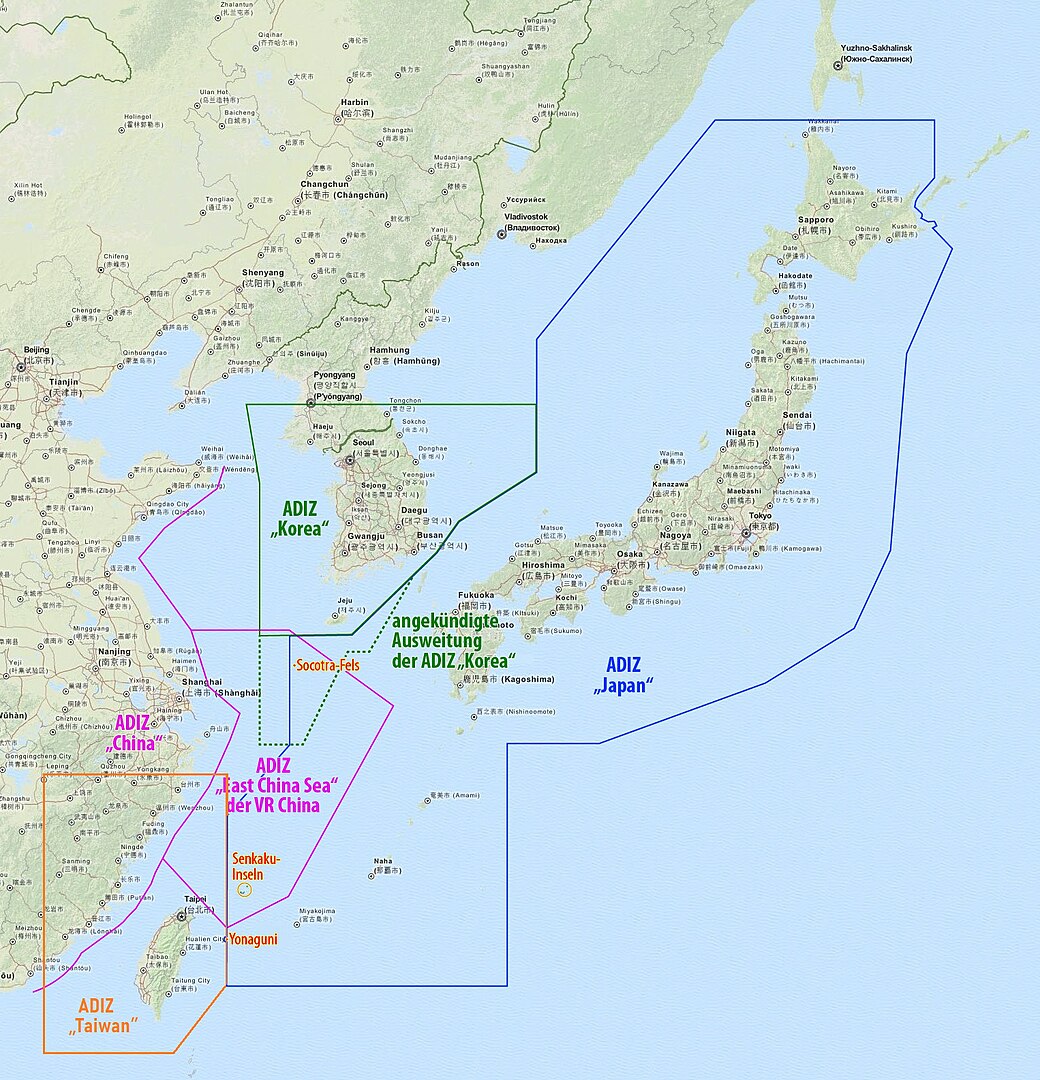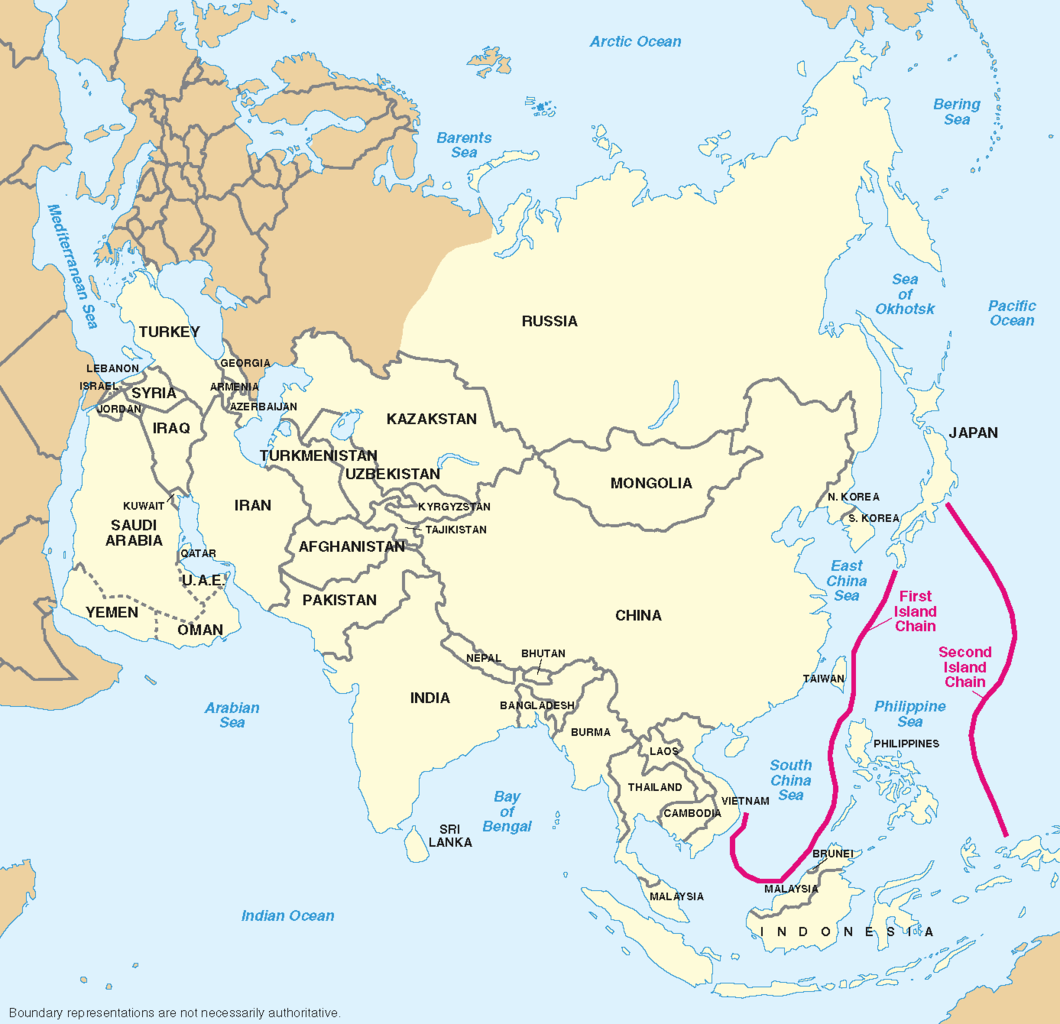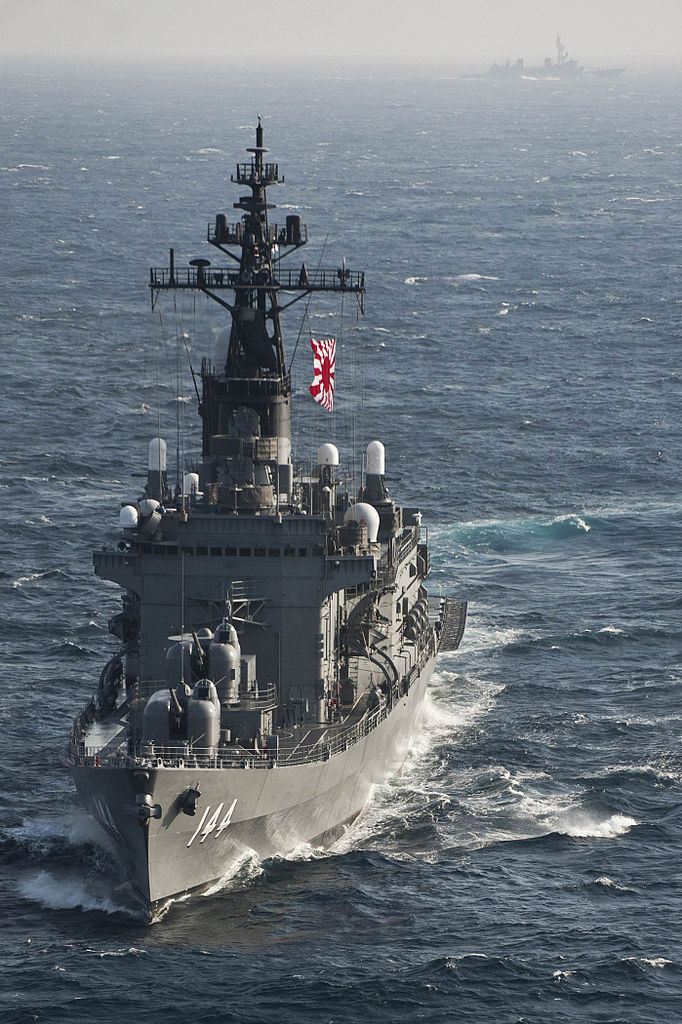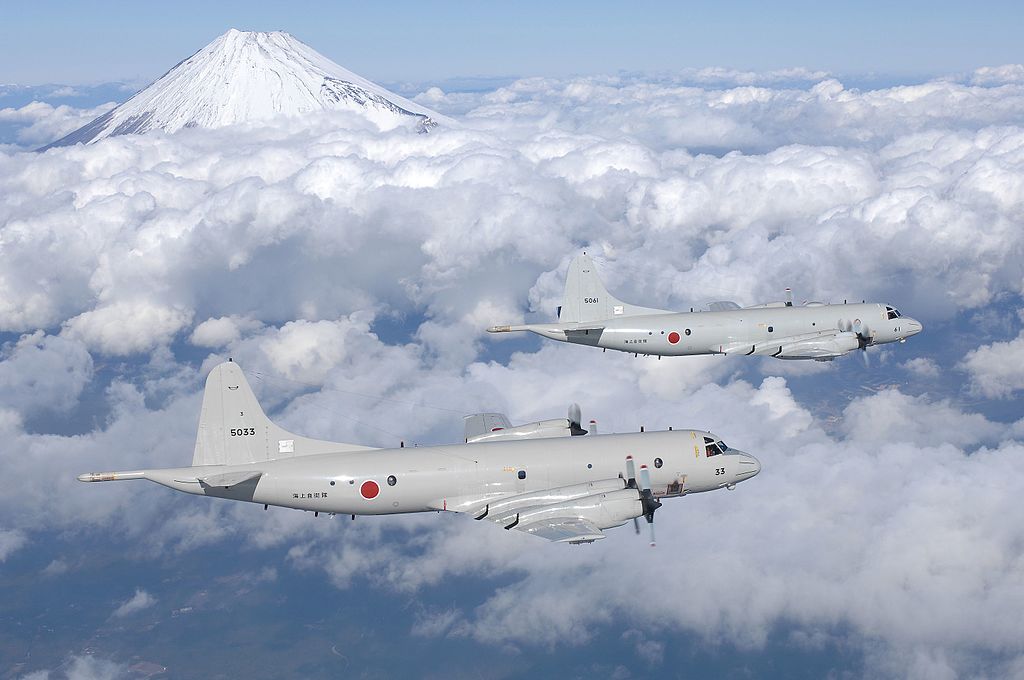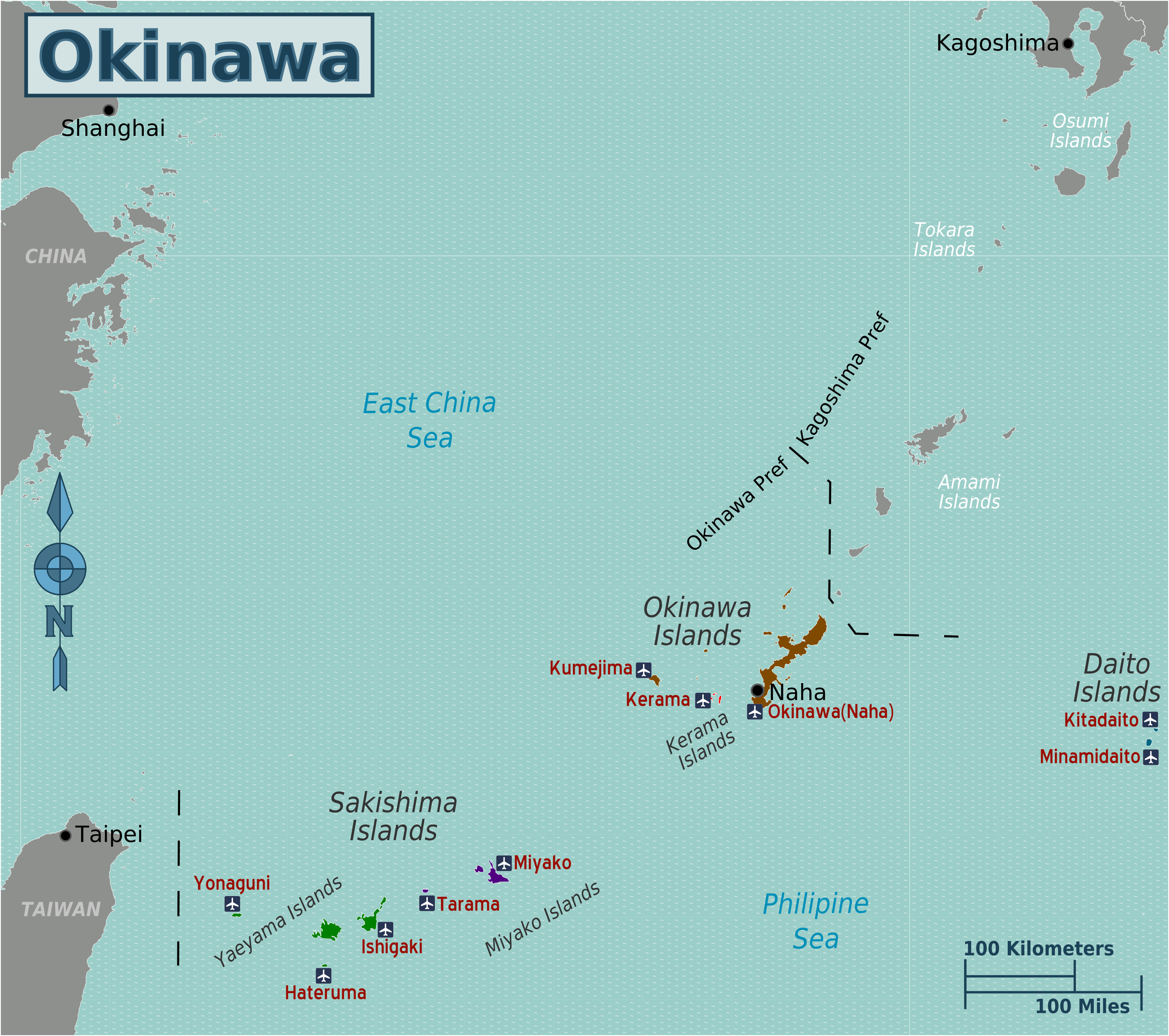
Map illustrates the close proximity between Taiwan and the Japanese Sakishima Islands and Okinawa Islands.
“The Taiwan question is at the core of China’s core interests. It bears on the political foundation of China-Japan bilateral relations and is the red line that must not be crossed [by Japan].”
Summary: China issued both an assurance and a warning to Japan after Tokyo released a plan to evacuate its southern island chains should conflict erupt between China and Taiwan.
In June, the Chinese Ministry of National Defense (MoD) issued a statement that sought to temper Japanese concerns that any action by Beijing might take to reclaim Taiwan would affect Japanese territory. The statement issued on 27 June and reported across multiple media channels including the official newspaper of the People’s Republic of China’s Central Military Commission, Jiefangjun Bao, came in the aftermath of a report that Japan had issued a draft plan to evacuate residents of Okinawa prefecture and Sakishima islands to Kyushu and Yamaguchi prefectures should China invade Taiwan. The Chinese MoD spokesperson pointed out that “Taiwan is China’s Taiwan” and the Taiwan question had nothing to do with Japan, and thus, “China opposes the Japanese side’s playing up regional tensions under the excuse of the so-called ‘Taiwan contingency.’” The spokesman noted that Japan, which had inflicted countless atrocities against China in the past, “should have reflected on its history of aggression and be prudent about its words and deeds.” The statement also reiterated China’s view of the operational environment in the region, emphasizing that Taiwan is the core of Beijing’s core interests[i] and noting that 1.4 billion Chinese would take action should any person or entity seek to restrict Beijing from its efforts to bring Taiwan under Beijing rule. Collectively, these statements underscore the fact that while China does not seek conflict with Japan, it also insists that Japan not impede any would-be efforts to seize Taiwan. As one of the United States’ most important allies in the Asia-Pacific, the delicate brinkmanship between China and Japan serves as a useful barometer of regional sentiment.
Sources:
“Taiwan Question has nothing to do with Japan: Defense Spokesman,” Chinese Ministry of National Defense as reported by Jiefangjun Bao (official newspaper of the People’s Republic of China’s Central Military Commission), 27 June 2024. http://eng.chinamil.com.cn/VOICES/MinistryofNationalDefense_209794/16319219.html
“The Taiwan question is at the core of China’s core interests. It bears on the political foundation of China-Japan bilateral relations and is the red line that must not be crossed, ” said Senior Colonel Wu Qian, spokesperson for China’s Ministry of National Defense, at a regular press conference on Thursday.
According to reports, the Japanese government has released a draft plan to evacuate residents of Okinawa prefecture and Sakishima islands to Kyushu and Yamaguchi prefectures. Some analysts believe that Japan’s evacuation plan aims to cope with the so-called “Taiwan contingency”. Not long ago, Chinese Ambassador to Japan said that if Japan ties itself onto the chariot of splitting China, its people will be led into a fire pit.
When being asked to make a comment, the spokesperson first pointed out that Taiwan is China’s Taiwan and the Taiwan question has nothing to do with Japan.
“China opposes the Japanese side’s playing up regional tensions under the excuse of the so-called ‘Taiwan contingency’,” stressed the spokesperson, adding that the biggest threat to cross-Strait peace is the separatist activities for “Taiwan independence” and the connivance and support for such moves from external forces.
“Japan, as a country that had colonized Taiwan for a long time and committed countless atrocities against Chinese people, in particular should have reflected on its history of aggression and be prudent about its words and deeds,” said the spokesperson.
The spokesperson urged the Japanese side to earnestly abide by the spirit of the four political documents between China and Japan and the commitments it has made and stop using the Taiwan question to provoke confrontation.
“More than 1.4 billion Chinese people will take resolute and strong actions against any individual or force that attempts to interfere in China’s internal affairs or hinder China’s reunification,” stressed the spokesperson.
Notes:
[i] In June 2023 Chinese Foreign Minister Qin Gang, reiterated the same phrase in person to U.S. Secretary of State Antony Blinken while Blinken was on an official visit to the region, see: Dodge Billingsley, “Chinese Officials Justify Reaction To Western Presence In Taiwan Strait,” OE Watch, 07-2023. https://fmso.tradoc.army.mil/2023/chinese-officials-justify-reaction-to-western-presence-in-taiwan-strait-2/
Image Information:
Image: Map illustrates the close proximity between Taiwan and the Japanese Sakishima Islands and Okinawa Islands.
Source: T.Kambayashi, https://wikitravel.org/shared/File:Japan_Okinawa_map.png
Attribution: CC BY SA 3.0


